Grow vegetables at home – imagine stepping into your backyard and harvesting fresh, juicy tomatoes, crisp lettuce, and fragrant herbs, all grown with your own two hands! Sounds idyllic, right? Well, it doesn’t have to be just a dream. For centuries, people have cultivated their own food, from the ancient Egyptians with their meticulously planned gardens along the Nile to the “Victory Gardens” that sprung up during wartime, demonstrating resilience and self-sufficiency.
But let’s be honest, the idea of starting a garden can feel overwhelming. Where do you even begin? That’s where this article comes in! I’m going to share some simple, effective DIY tricks and hacks that will make grow vegetables at home a breeze, even if you have limited space or zero experience.
In today’s world, knowing where your food comes from is more important than ever. Plus, homegrown vegetables taste infinitely better than anything you can buy at the store. So, ditch the grocery store produce aisle and get ready to transform your backyard (or even your balcony!) into a thriving vegetable garden. Let’s get our hands dirty and unlock the secrets to a bountiful harvest!
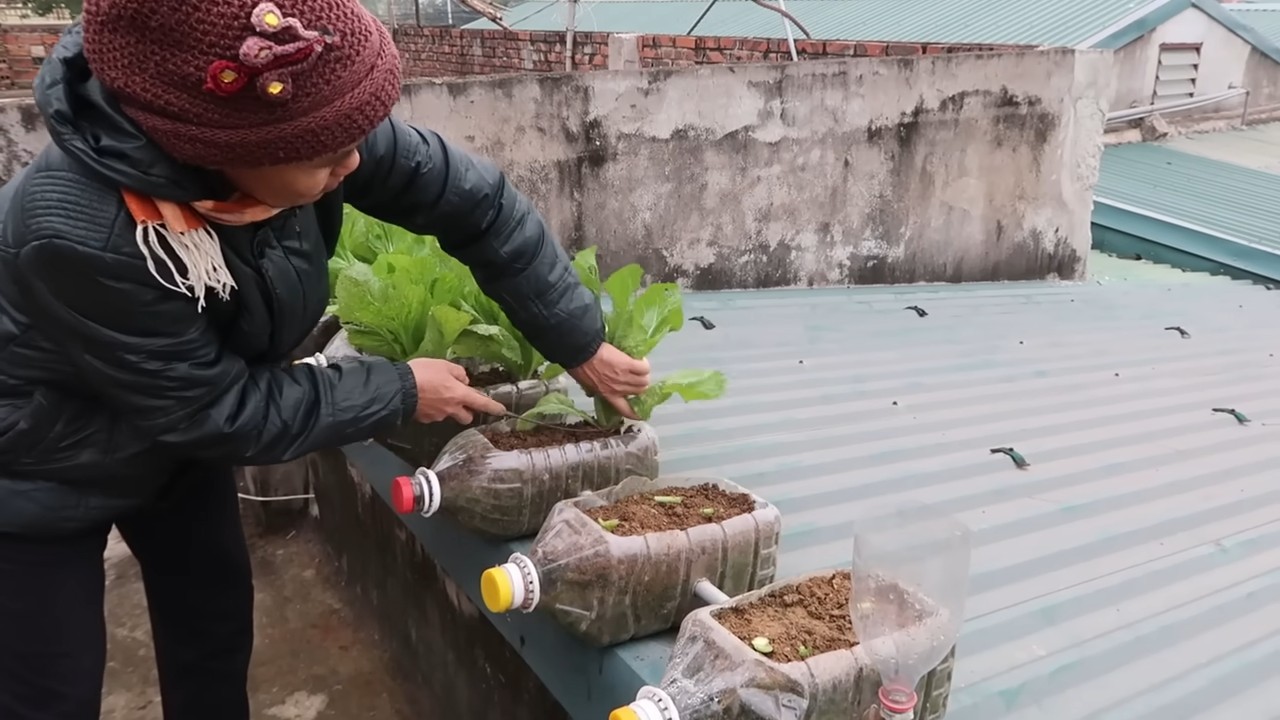
Grow Your Own Delicious Veggies: A Beginner’s Guide to Home Gardening
Hey there, fellow garden enthusiasts! Ever dreamt of biting into a juicy, sun-ripened tomato you grew yourself? Or maybe tossing a handful of freshly picked herbs into your favorite dish? Well, you’re in the right place! Growing your own vegetables at home is not only incredibly rewarding but also surprisingly easy, even if you’re a complete beginner. I’m going to walk you through the basics, step-by-step, so you can start enjoying the fruits (and vegetables!) of your labor in no time.
Choosing Your Veggies and Location
Before we get our hands dirty, let’s figure out what you want to grow and where you’re going to grow it.
* Consider your climate: This is crucial! Some veggies thrive in warm weather, while others prefer cooler temperatures. Check your local growing zone to see what vegetables are best suited for your area. A quick Google search of “[Your City/Region] growing zone” will give you the answer.
* Think about your space: Do you have a sprawling backyard, a sunny balcony, or just a windowsill? This will determine the types and quantities of vegetables you can grow.
* Choose what you love to eat: This might seem obvious, but it’s important! There’s no point in growing something you don’t enjoy. Start with a few of your favorite vegetables and expand from there.
* Consider sunlight: Most vegetables need at least 6 hours of direct sunlight per day. Observe your chosen location throughout the day to see how much sun it gets.
* Think about soil quality: Vegetables need nutrient-rich soil to thrive. If your soil is poor, you can amend it with compost or other organic matter.
Some easy-to-grow vegetables for beginners include:
* Lettuce
* Radishes
* Spinach
* Tomatoes
* Peppers
* Zucchini
* Beans
* Herbs (basil, mint, parsley)
Preparing Your Garden Bed or Containers
Now that you’ve chosen your veggies and location, it’s time to prepare the soil.
* For garden beds:
* Clear the area of any weeds, rocks, or debris.
* Till or dig the soil to a depth of at least 12 inches.
* Amend the soil with compost, aged manure, or other organic matter. This will improve drainage, aeration, and nutrient content.
* Rake the soil smooth and level.
* For containers:
* Choose containers that are large enough for the vegetables you want to grow. A good rule of thumb is to choose containers that are at least 12 inches in diameter and depth.
* Make sure the containers have drainage holes.
* Use a high-quality potting mix. Avoid using garden soil in containers, as it can become compacted and drain poorly.
Planting Your Vegetables
Alright, let’s get those seeds and seedlings in the ground!
* Starting from seeds:
* Follow the instructions on the seed packet for planting depth and spacing.
* Sow the seeds directly into the prepared soil or containers.
* Water gently and keep the soil moist until the seeds germinate.
* Thin the seedlings once they emerge, leaving only the strongest plants.
* Starting from seedlings:
* Dig a hole that is slightly larger than the root ball of the seedling.
* Gently remove the seedling from its container.
* Place the seedling in the hole and backfill with soil.
* Water thoroughly.
* Space the seedlings according to the instructions on the plant label.
Important Tip: When transplanting seedlings, try to do it on a cloudy day or in the late afternoon to minimize stress on the plants.
Watering and Feeding Your Vegetables
Watering and feeding are essential for healthy vegetable growth.
* Watering:
* Water deeply and regularly, especially during hot, dry weather.
* Water at the base of the plants to avoid wetting the foliage, which can lead to fungal diseases.
* Check the soil moisture regularly by sticking your finger into the soil. If the top inch feels dry, it’s time to water.
* Feeding:
* Vegetables need nutrients to grow and produce fruit.
* Fertilize your vegetables every few weeks with a balanced fertilizer.
* You can also use organic fertilizers, such as compost tea or fish emulsion.
* Follow the instructions on the fertilizer label for application rates.
Dealing with Pests and Diseases
Unfortunately, pests and diseases can sometimes attack your vegetables. But don’t worry, there are things you can do to prevent and control them.
* Prevention:
* Choose disease-resistant varieties of vegetables.
* Practice good garden hygiene by removing weeds and debris.
* Water at the base of the plants to avoid wetting the foliage.
* Rotate your crops each year to prevent the buildup of soilborne diseases.
* Control:
* Inspect your plants regularly for signs of pests or diseases.
* Handpick pests off your plants.
* Use insecticidal soap or horticultural oil to control pests.
* Use a fungicide to control fungal diseases.
* Consider companion planting. Certain plants deter pests or attract beneficial insects. For example, marigolds can deter nematodes, and basil can repel aphids and whiteflies.
Important Note: Always follow the instructions on the pesticide or fungicide label carefully.
Harvesting Your Vegetables
This is the most rewarding part!
* Harvest your vegetables when they are ripe and ready to eat.
* Check the seed packet or plant label for information on when to harvest each vegetable.
* Harvest regularly to encourage continued production.
Here are some general guidelines for harvesting common vegetables:
* Lettuce: Harvest leaves as needed, starting with the outer leaves.
* Radishes: Harvest when they are about 1 inch in diameter.
* Spinach: Harvest leaves as needed, starting with the outer leaves.
* Tomatoes: Harvest when they are fully colored and slightly soft to the touch.
* Peppers: Harvest when they are fully colored and firm.
* Zucchini: Harvest when they are about 6-8 inches long.
* Beans: Harvest when the pods are firm and plump.
* Herbs: Harvest leaves as needed.
Specific Vegetable Growing Tips
Let’s dive into some specific tips for growing some popular vegetables:
Growing Tomatoes
Tomatoes are a garden staple, and for good reason! They’re delicious and relatively easy to grow.
1. Choose the right variety: Determinate tomatoes grow to a certain size and produce all their fruit at once, making them ideal for canning. Indeterminate tomatoes continue to grow and produce fruit throughout the season.
2. Provide support: Tomatoes need support to prevent them from sprawling on the ground. Use stakes, cages, or trellises.
3. Pinch off suckers: Suckers are small shoots that grow between the main stem and the branches. Pinching them off will encourage the plant to focus its energy on producing fruit.
4. Water deeply and regularly: Tomatoes need consistent moisture to prevent blossom-end rot.
5. Fertilize regularly: Tomatoes are heavy feeders and need regular fertilization.
Growing Peppers
Peppers are another popular vegetable that’s easy to grow at home.
1. Start seeds indoors: Peppers need a long growing season, so it’s best to start seeds indoors 6-8 weeks before the last frost.
2. Provide warm temperatures: Peppers thrive in warm temperatures.
3. Water regularly: Peppers need consistent moisture to produce fruit.
4. Fertilize regularly: Peppers are heavy feeders and need regular fertilization.
5. Harvest regularly: Harvesting peppers regularly will encourage the plant to produce more fruit.
Growing Zucchini
Zucchini is a prolific producer, so be prepared to share with your neighbors!
1. Plant in full sun: Zucchini needs at least 6 hours of direct sunlight per day.
2. Water deeply and regularly: Zucchini needs consistent moisture to produce fruit.
3. Fertilize regularly: Zucchini is a heavy feeder and needs regular fertilization.
4. Harvest regularly: Zucchini grows quickly, so harvest it regularly to prevent it from becoming too large and seedy.
5. Watch out for squash vine borers: Squash vine borers are a common pest of zucchini. Check your plants regularly for signs of infestation and take action if necessary.
Growing Herbs
Herbs are a great addition to any garden, and they’re easy to grow in containers or in the ground.
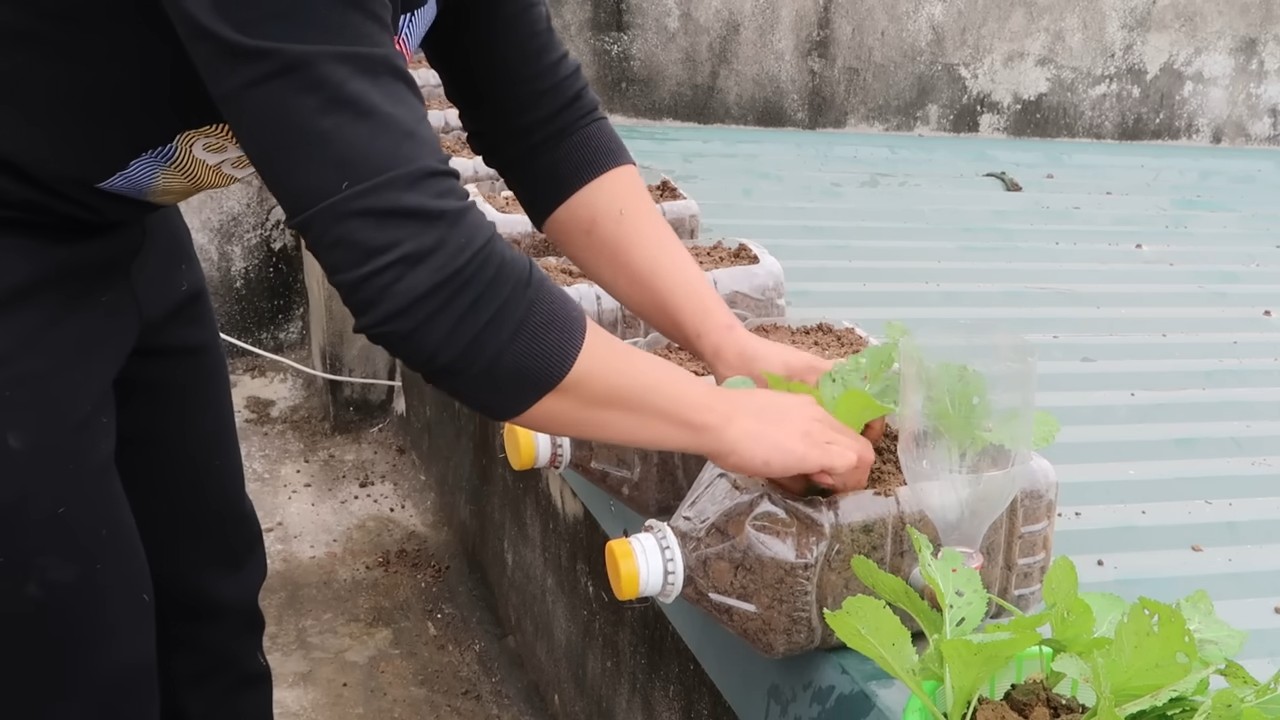
Conclusion
So, there you have it! Taking control of your food source and nurturing your own little garden is not just a trend; it’s a rewarding experience that connects you to nature and provides you with the freshest, most flavorful produce imaginable. The benefits of growing your own vegetables at home extend far beyond just saving money at the grocery store. You’re reducing your carbon footprint, knowing exactly what goes into your food (no mystery pesticides!), and enjoying the therapeutic joy of watching something grow from a tiny seed to a bountiful harvest.
This DIY approach to vegetable gardening is a must-try for anyone, regardless of their experience level. Whether you have a sprawling backyard or just a sunny windowsill, there’s a way to make it work. Don’t be intimidated by the thought of needing a “green thumb.” Gardening is a learning process, and every mistake is a valuable lesson.
Why is this DIY trick a must-try? Because it empowers you to be more self-sufficient, healthier, and more connected to the natural world. It’s a tangible way to improve your well-being and contribute to a more sustainable lifestyle. Plus, there’s nothing quite like the satisfaction of serving a salad made with vegetables you grew yourself!
Looking for variations? Consider these ideas to tailor your gardening experience to your specific needs and preferences:
* **Vertical Gardening:** If space is limited, explore vertical gardening techniques using trellises, hanging baskets, or stacked planters. This is perfect for balconies or small patios.
* **Container Gardening:** Grow vegetables in pots and containers. This allows you to move plants around to optimize sunlight exposure and protect them from harsh weather.
* **Herb Gardens:** Start with a simple herb garden. Herbs are relatively easy to grow and can add incredible flavor to your cooking.
* **Succession Planting:** Plant seeds at intervals to ensure a continuous harvest throughout the growing season.
* **Companion Planting:** Research which vegetables grow well together and plant them in close proximity to maximize yields and deter pests. For example, basil is known to repel pests that attack tomatoes.
We encourage you to take the plunge and embark on your own vegetable gardening adventure. Start small, be patient, and don’t be afraid to experiment. The rewards are well worth the effort.
Now, we want to hear from you! Have you tried growing your own vegetables at home? What are your favorite tips and tricks? What challenges have you faced, and how did you overcome them? Share your experiences in the comments below. Let’s create a community of home gardeners who can learn from each other and inspire others to get their hands dirty! We are confident that you will find the joy and satisfaction of growing your own vegetables at home.
Frequently Asked Questions (FAQ)
What are the easiest vegetables to grow for beginners?
Great question! For beginners, some of the easiest vegetables to grow include:
* **Lettuce:** Lettuce is fast-growing and relatively low-maintenance. You can harvest leaves as needed, and it thrives in cooler weather.
* **Radishes:** Radishes are incredibly quick to mature, often ready to harvest in just a few weeks. They’re also very forgiving of beginner mistakes.
* **Spinach:** Similar to lettuce, spinach is easy to grow and can be harvested multiple times.
* **Green Beans:** Green beans are relatively pest-resistant and produce a generous harvest.
* **Zucchini:** Zucchini is known for its prolific growth. Be prepared for an abundance of zucchini once it starts producing!
* **Tomatoes (determinate varieties):** Determinate tomato varieties are bush-type and require less pruning than indeterminate (vining) varieties. Look for varieties labeled “determinate” or “bush.”
* **Peppers:** Peppers are relatively easy to grow in warm climates and can be grown in containers.
How much sunlight do vegetables need?
Most vegetables need at least 6-8 hours of direct sunlight per day to thrive. However, some leafy greens like lettuce and spinach can tolerate partial shade (4-6 hours of sunlight). Pay attention to the specific requirements of the vegetables you’re growing. If you’re growing vegetables indoors, you may need to supplement natural light with grow lights.
What kind of soil is best for growing vegetables?
Vegetables generally prefer well-draining soil that is rich in organic matter. A good starting point is to amend your existing soil with compost or other organic materials. You can also purchase a pre-mixed potting mix specifically designed for vegetables. Avoid heavy clay soils, as they can become waterlogged and inhibit root growth. A soil test can help you determine the pH level and nutrient content of your soil and make necessary amendments.
How often should I water my vegetables?
The frequency of watering depends on several factors, including the type of vegetable, the weather, and the type of soil. As a general rule, water deeply and less frequently, rather than shallowly and more often. This encourages roots to grow deeper into the soil. Check the soil moisture by sticking your finger about an inch into the soil. If it feels dry, it’s time to water. Avoid overwatering, as this can lead to root rot.
How do I deal with pests and diseases in my vegetable garden?
Prevention is key when it comes to pests and diseases. Here are some tips:
* **Choose disease-resistant varieties:** Select vegetable varieties that are known to be resistant to common diseases in your area.
* **Practice crop rotation:** Avoid planting the same vegetables in the same spot year after year. This can help prevent the buildup of pests and diseases in the soil.
* **Maintain good air circulation:** Proper spacing between plants allows for good air circulation, which can help prevent fungal diseases.
* **Remove weeds:** Weeds can harbor pests and diseases, so keep your garden weed-free.
* **Use organic pest control methods:** Consider using organic pest control methods such as insecticidal soap, neem oil, or diatomaceous earth.
* **Handpick pests:** If you see pests on your plants, handpick them off and dispose of them.
Can I grow vegetables in containers?
Absolutely! Container gardening is a great option for people with limited space. Choose containers that are large enough to accommodate the root systems of the vegetables you’re growing. Make sure the containers have drainage holes to prevent waterlogging. Use a high-quality potting mix specifically designed for containers. Water regularly, as containers tend to dry out more quickly than garden beds.
How do I fertilize my vegetables?
Vegetables need nutrients to grow and produce a good harvest. You can fertilize your vegetables with compost, manure, or a commercial fertilizer. Follow the instructions on the fertilizer label carefully. Avoid over-fertilizing, as this can damage your plants. Side-dressing with compost or fertilizer during the growing season can provide a boost of nutrients.
What is companion planting?
Companion planting is the practice of planting different vegetables and herbs together that benefit each other. For example, basil is known to repel pests that attack tomatoes, so planting basil near tomatoes can help protect them. Marigolds are also known to repel certain pests. Research which vegetables and herbs make good companions and plant them together in your garden.
How do I know when my vegetables are ready to harvest?
The best way to know when your vegetables are ready to harvest is to research the specific requirements of each vegetable. Generally, vegetables are ready to harvest when they reach their mature size and color. Check seed packets or online resources for specific harvesting instructions. Don’t be afraid to taste-test your vegetables to see if they’re ready!
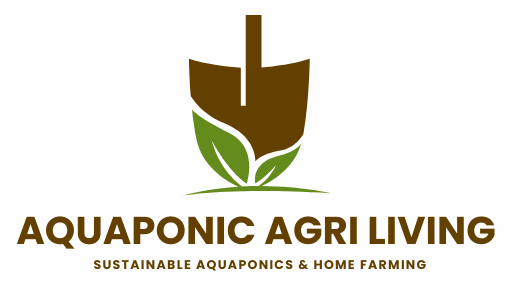
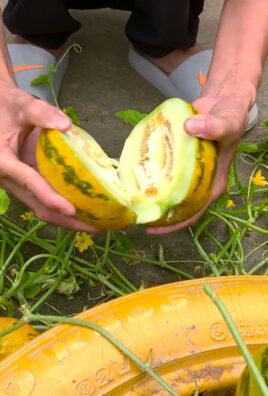

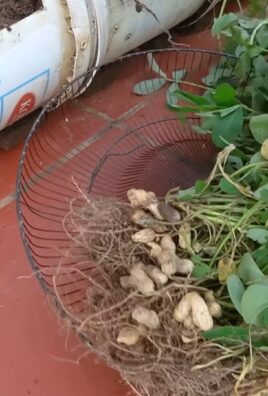
Leave a Comment